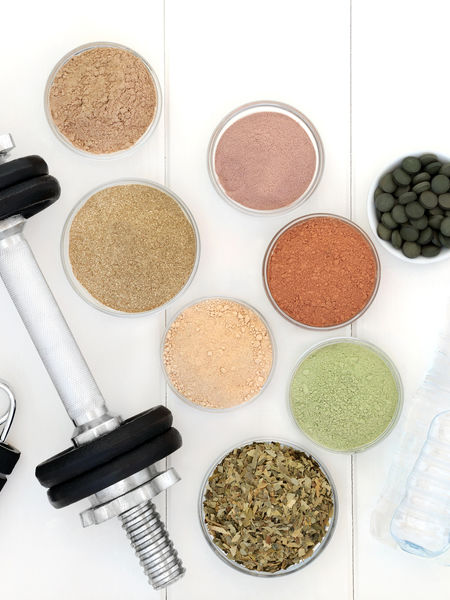Join the Resistance! Tea For Strength Training


Alrighty! So last time , I filled you in on the different types of tea that will support different types of workouts.
However, as I mentioned in that article, tea and exercise isn’t a 1 + 1 = 2 kind of systematic formula. There are nuances, here. We all have different goals, even within those various forms of training, and my goal is to get you to feel informed about your choices— with a little help from my own personal experience.
This and the next two articles will focus on the more detailed aspects of selecting a tea for your individual fitness needs, based on the type of training you’ll be undertaking.
Thus, without further ado, it’s my pleasure to delve into how tea can make the most of your resistance training.
Resistance training is near and dear to my heart. Some people gravitate towards certain types of exercise, and I’ve always loved doing things with iron in the weight room. The reasoning behind this is a blend of structural and kinesthetic integrity: as a hypermobile young woman with an endomorph body type, I need extra strength in and around my joints, and it’s harder to keep on the necessary muscle to hold onto ‘em. If I don’t dominate my workouts with very specific forms of resistance training tailored to my bodyweight and muscular needs, then important things, like shoulder girdles and my sacrum, can literally fall out of place. If you’ve ever felt “loosey goosey” or are inexplicably flexible in various parts of your body, you might be hypermobile as well, since it’s very common in women and children, and in some men as well.
Even if you’ve got solid joints, you might also be thinking about your bones, which is another thing that resistance training is excellent for conditioning. Or maybe you’re interested in the aesthetic benefits of putting on muscle— hey, can’t deny that they’re there!
All of these factors are extra incentives to add tea to your strength routine: specifically, green tea. It’s bone-friendly, and the antioxidants are eager to contribute to any fat loss aspirations .
Now, in the previous article I referenced matcha as your number one go-to to take to the gym. But there’s so much more out there!
When was the last time you filled your cup with a good Dragonwell? I mean, a really good Dragonwell? Treating yourself to a quality green will ensure that you’re getting the best of the leaf’s micronutrients. And in my experience, this noble beast has a soothing, rich sort of cup that will still get you energized enough to feel excited about picking up something heavy.
And that’s even if that heavy weight is yourself! Did you know that calisthenics, also known as bodyweight exercise, also count as resistance training? Basic pushups and squats can provide an excellent foundation to picking up an external weight, so that you’re constantly challenging yourself in order to keep up the adaptation it takes to get and stay in shape. At high levels, calisthenics can also lead to powerful movements like one-armed pushups, muscle-ups, and pistol squats, which have their own host of neuromuscular benefits.
With that much being asked of the human body, you definitely need liquid support— the natural kind, of course. I’ll throw in Gyokuro as another one of my favorites to take training. It’s just so mouthwatering and delectable, I feel like a queen just waiting for it to steep.
An extra-honorable mention goes to yerba mate. Really, it’s no wonder the Maestro pounds this stuff so religiously on Mozart in the Jungle. I used to take a giant Mason jar of double-strength mate with me when I worked at a local gym— and often blended into a special chai. Similar to green tea, mate has got great reviews on bone mineralization, and I love the feeling of brain-awakeness that makes it easier to focus on completing the best set possible. So many people forget how much strength training can be like studying dance, where the goal is to perform each movement with your maximum technique— not, as you might assume, lifting the heaviest weight you can stagger under.
Build the bones and muscle first. Then you’ll be able to stagger under whatever you want.
Next up, cardio!
